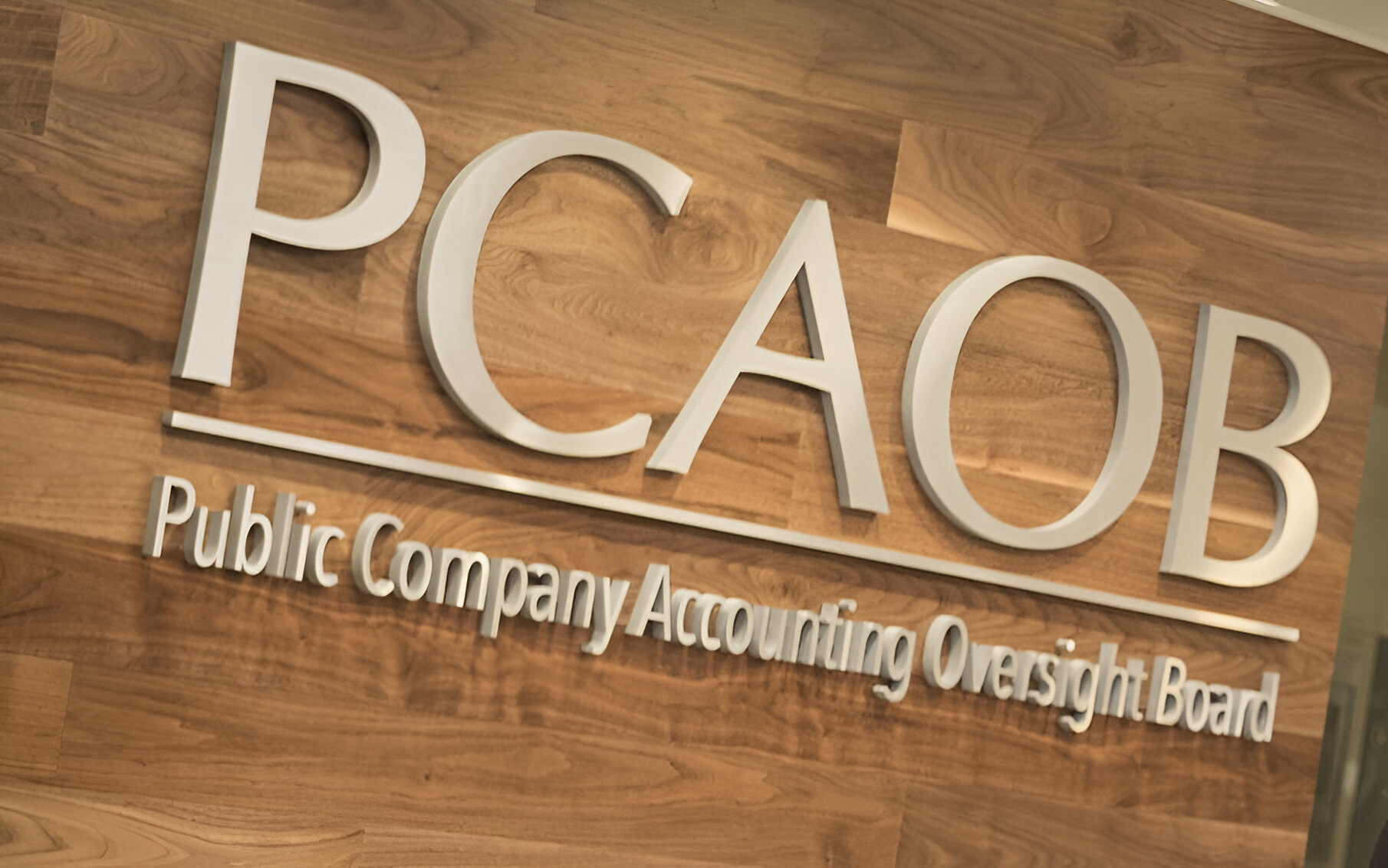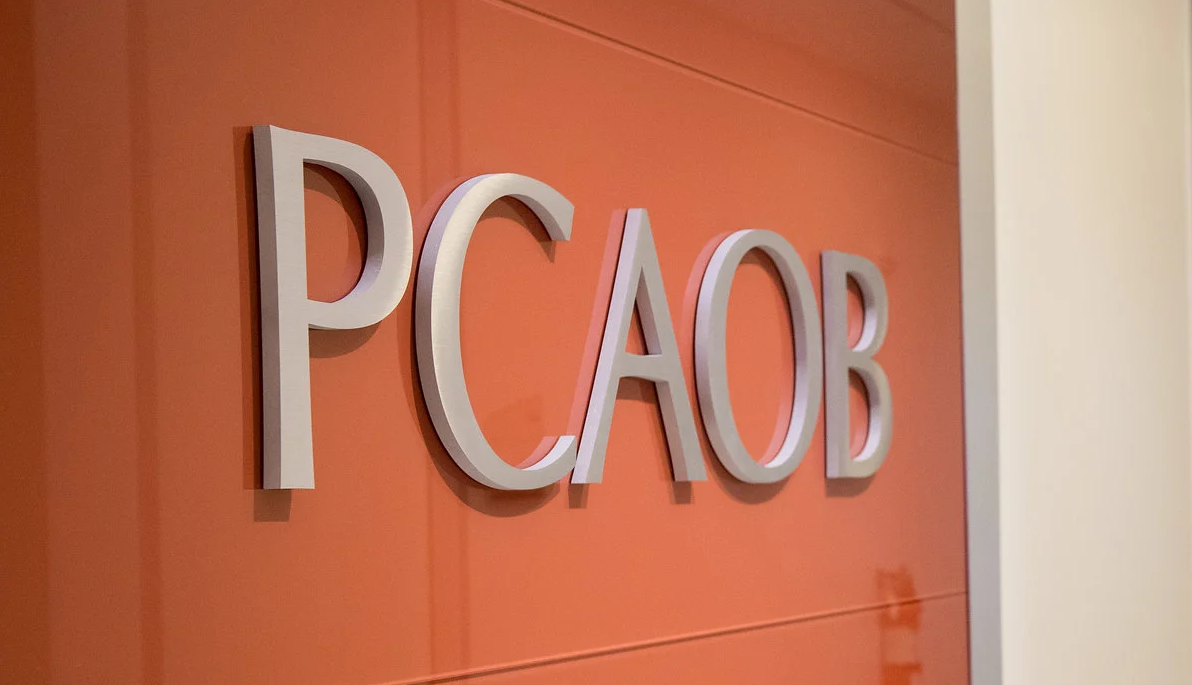One of the ways to set yourself apart as a CPA is to help your clients (and prospective clients) keep money “in play.” Keeping money in play is critical, so it’s important that CPAs have a working knowledge of strategies that help clients preserve heard-earned dollars, particularly spendable dollars. After all, any dollar amount wasted negatively impacts your clients’ bottom line. When looking to keep money in play and accumulate wealth, it’s helpful to first understand forces that take money out of play—and then address the holes with a comprehensive solution.
Let’s discuss five key forces that take money “out of play” for your clients, and then we’ll discuss a powerful solution for all five.
Force One: Commercial Insurance
Commercial insurance is a sunk cost and once dollars are spent, they don’t come back. Aside from providing peace-of-mind (which is a real benefit) and possibly meeting state or contractual requirements (for example, states require workers comp insurance and lenders require property insurance), insurance premiums are vapor unless the business has a loss or claim. However, businesses don’t want to have a loss and a claim, because it results in higher insurance rates in the future – talk about a grudge purchase.
Force Two: Perks and Peripheral Expenses
Businesses often hemorrhage money on unnecessary expenses or expenses that fail to drive revenue. Most businesses can easily cut 10 percent of their costs without significantly changing operations. Businesses may have subscriptions they’re paying for that have been forgotten or may be spending money on advertising that isn’t being tracked or translating into sales. And then there are expenses like C-suite perks, corporate retreats, parties, travel and company gifts. Although they may be enjoyable and support team building, these costs add up and take money out of play.
Force Three: Impulsive Decisions
It’s been said that the two best days in a boat owner’s life are the day they buy the boat and the day they sell the boat. Let’s face it, we all know successful business owners that rush out and buy a big boat or fancy car or beach house. Impulsive decision-making often takes advantage of easy access to cash, but fails to ponder the long term ramifications of reduced liquidity on the business. The other challenge with impulse purchases is that they almost always create additional costs (EG insurance, fuel, maintenance fees, docking fees, etc.).
Force Four: Tax Planning
I talked with a CPA who told me that every November or December, his client is smitten with “Yellow Fever.” To lower his tax bill, the client purchases new Caterpillar bull dozers, excavators, graders and dump trucks. His client takes advantage of Section 179 depreciation to lower his taxable income, but he takes on debt to do so and his fleet of yellow assets can produce cash through work but can’t easily be converted to cash via a sale, particularly in an economic downturn, when construction equipment often sells for pennies on the dollar. As another example, farmers are notorious for buying combines or harvesters they don’t really need to lower taxes in years where they have strong crop yields and profits. There is nothing wrong with tax strategies, but their impact on debt and liquidity should be thoroughly evaluated.
Force Five: Taxes
Taxes are unavoidable, but taxes can weaken businesses by soaking out needed capital having a negative impact on long term survival posture. Taxes predictably siphon off a portion of retained earnings every year, and the lost cash reserves can make it difficult for the business or business owner to weather an economic downturn or unexpected calamity. Large company CFOs develop tax strategies that enhance profits and ensure survivability. Small and mid-market companies should do the same.
A Strategy That Addresses All Five Forces
There is one over-arching solution that addresses all five common ways businesses unwittingly take assets out of play. Businesses can choose to own their own insurance company, known as a captive insurance company. Not only does a captive insurance company establish a more robust risk management approach, placing the business on better survival footing, but it enables the business owner or business to own a profitable second business. The profitable business can help lower commercial insurance costs, build up loss reserves, and help prevent the total business entity from being hollowed out by excessive taxation. Importantly, successful insurance companies are filled with liquid reserves, owned by the business or business owner. Liquid assets are often more desirable than durable assets that depreciate and may be difficult to sell. Finally, it’s worth noting that a captive insurance company is a regulated entity. As such, the assets are loss reserves and can’t be easily “blown” on impulse purchases.
How a Captive Insurance Company Works
A captive primarily insures its parent company or related companies. Hence, the parent company is able to purchase insurance from its captive, and it can replace commercial insurance, insure warranties, insure healthcare and insure risks that third-party insurers will not insure or risks where third-party insurance cost is unaffordable. The captive can also insure gaps in the third party commercial insurance policies.
These are the primary reasons that business or owners form captive insurance companies and prevent leaving money on the table:
- Captives can replace all or a portion of commercial insurance policies, enabling the business to lower its net commercial insurance costs. Clearly, the business needs to have good loss controls in place. This addresses Force 1.
- Captives can help businesses drive focus. By focusing on risk management and long term survival, businesses can more easily drive out wasted costs, wall off impulse purchases and avoid tax strategies that destroy liquidity. This addresses Forces 2 to 4.
- Finally, captive insurance companies receive favorable tax treatment. Premiums paid to the captive are an expense to the parent company. This lowers the parent company’s taxable income. As the captive takes in premiums, it’s taxed as an insurance company on its underwriting profits. Insurance companies are able to set aside loss reserves and not pay taxes on those reserves. Those “pre-tax” reserves can be invested to build wealth for the business or business owner. This addresses Force 5.
Keep Money on the Table, Keep Accounts and Add New Accounts
CPAs that keep money on the table for their clients are powerfully positioned to keep their clients. They are also well positioned to gain new clients, because they will gain a reputation for being financial strategists, who help their clients “keep money in play.” There are a lot of solid strategies to help small or mid-market businesses keep assets in play. For many businesses, owning their own captive insurance company may be the best approach. Warren Buffet built much of his empire in insurance. Your clients can too.
==========
Randy Sadler started his career in risk management as an officer in the U.S. Army, where he was responsible for the training and safety of hundreds of soldiers and over 150 wheeled and tracked vehicles. He graduated from the U.S. Military Academy at West Point with a Bachelor of Science degree in International and Strategic History with a focus on U.S. – Chinese Relations in the 20th century. He has been a Principal with CIC Services, LLC for 7 years and consults directly with business owners, CEOs and CFOs in the formation of captive insurance programs for their respective businesses. CIC Services, LLC manages over 100 captives.
Thanks for reading CPA Practice Advisor!
Subscribe Already registered? Log In
Need more information? Read the FAQs




